Deck & Commander Strategies
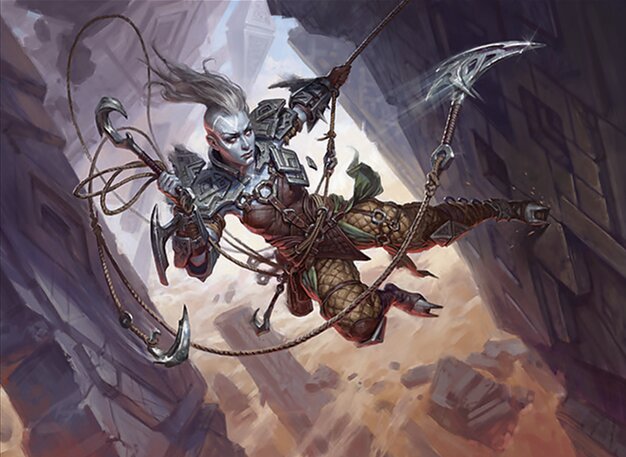
Akiri, Fearless Voyager
Aggressively equip weapons to Akiri and other creatures to trigger combat damage synergies, drawing cards and dealing incremental damage to opponents, aiming to win through commander damage and efficient combat.

Animar, Soul of Elements
Ramp quickly into creatures and use Animar’s ability to reduce creature costs and grow its power, focusing on creature synergy and value generation from multiple combat triggers and Domri planeswalker support.
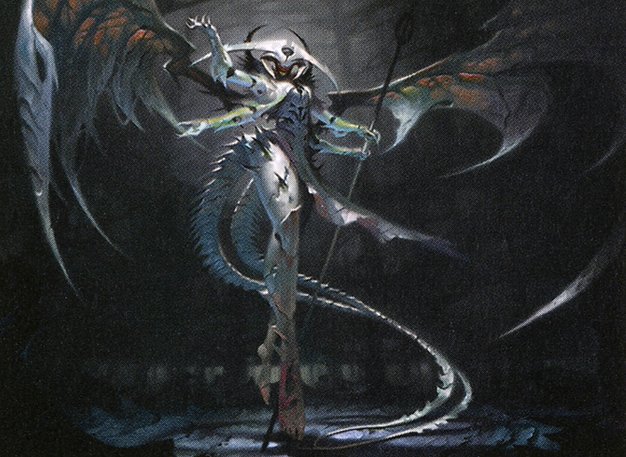
Atraxa, Praetors' Voice
Develop a board of creatures with counters and value engines, using proliferate and strong creatures like Rahan and Master Biomancer to control the board and leverage incremental advantages over time.

Phylath, World Sculptor
Ramp and generate card advantage to sculpt the battlefield, using spells and creatures to gradually gain control and establish a winning board state.
Gameplay Insights
- 1
Akiri player leveraged Piercel Paladin's metalcraft to equip multiple Bloodforged Battle Axes at zero cost, maximizing combat triggers and card draw.
- 2
Grand Abolisher was cast before combat to protect Akiri’s equip and attack phase from opponent interaction.
- 3
Animar missed a land drop but used Domri to check and manipulate the top of the deck, while ramping into creatures and equipment to maintain pressure.
- 4
Chaining multiple combat phases with equipment triggers allowed Akiri to deal significant commander damage early.
- 5
The players managed a complex battlefield with multiple commanders, balancing aggressive damage with board development and interaction.
Notable Cards
-
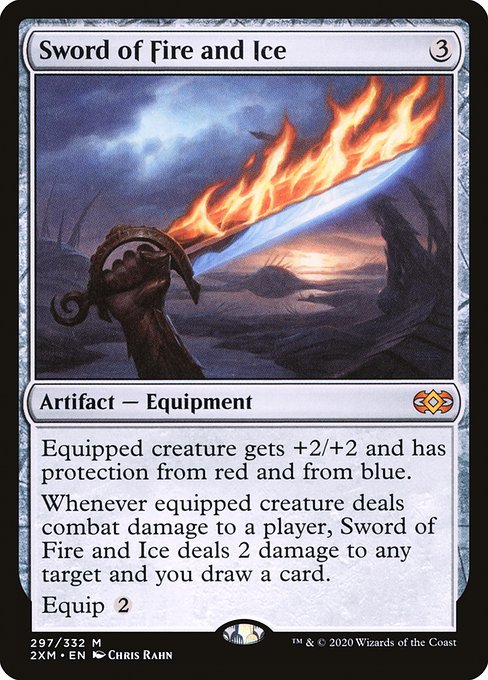
Sword of Fire and Ice
-

Grand Abolisher
-
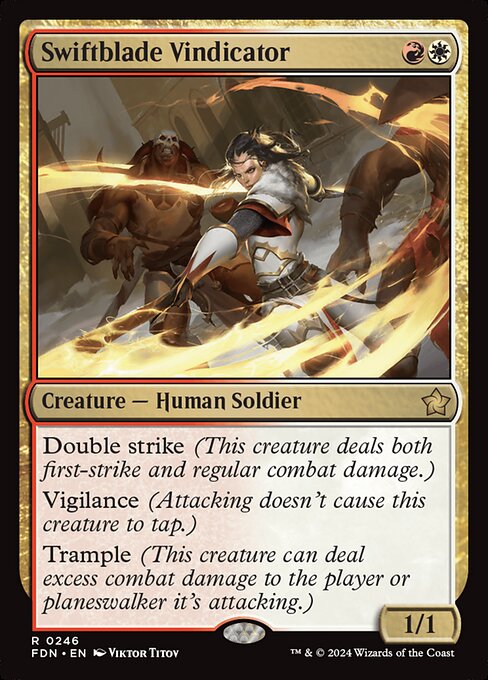
Swiftblade Vindicator
-
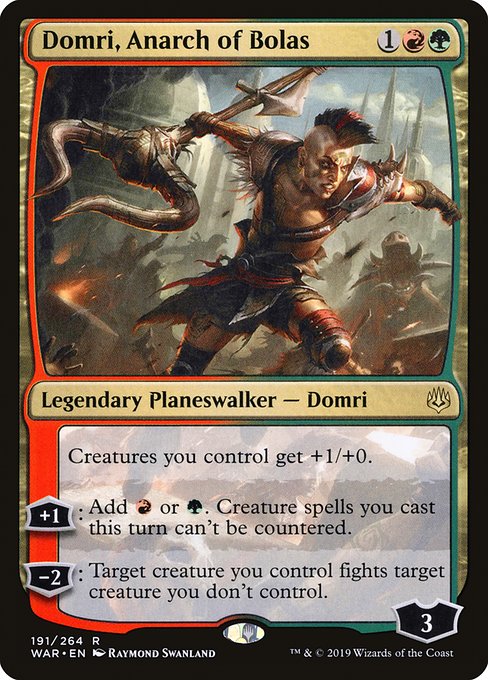
Domri, Anarch of Bolas
-
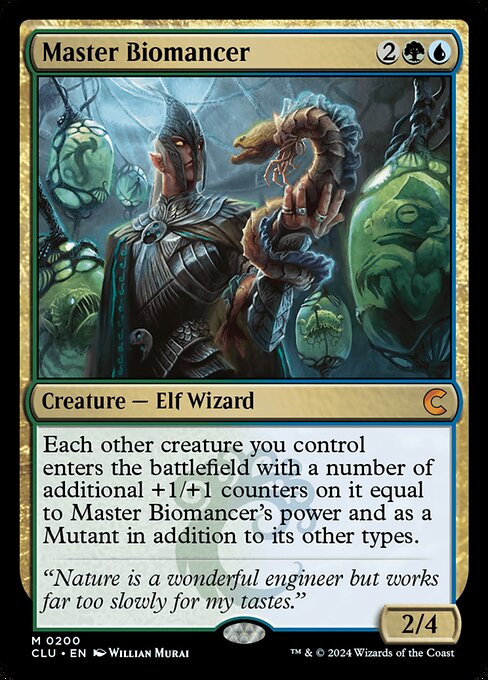
Master Biomancer
-
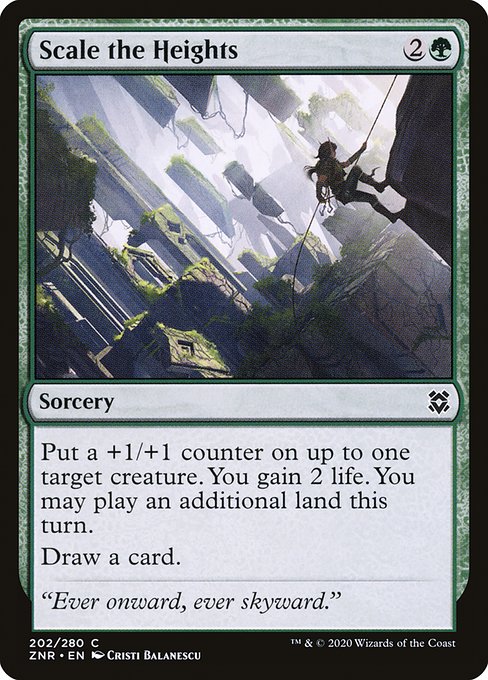
Scale the Heights
-
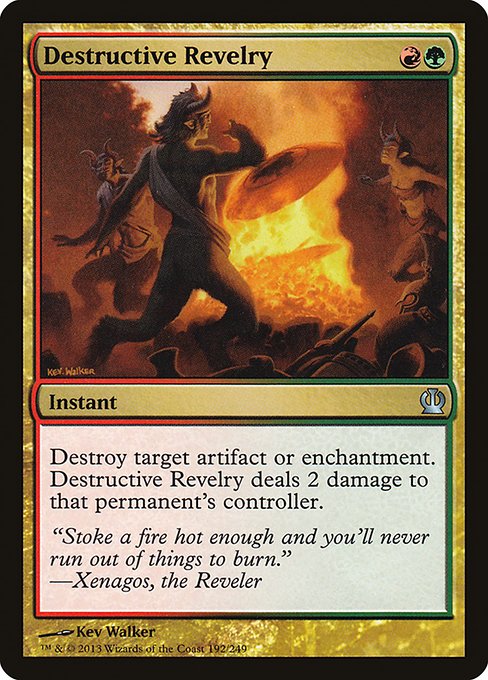
Destructive Revelry
Gameplay Summary
The game began with a typical ramp and setup phase from all players, with the Akiri player aggressively equipping weapons early on to push damage.
Akiri's deck leveraged equipment like Sword of Fire and Ice and Bloodforged Battle Axe to generate card draw and incremental damage while deploying creatures such as Swiftblade Vindicator and Piercel Paladin to maximize combat triggers.
Animar developed its board more conservatively, casting Animar and ramping into creatures and a Domri, while Atraxa focused on establishing a board presence with Rahan and Master Biomancer, and Phylath ramped and drew cards to prepare for future plays. A key turning point came when Akiri managed to equip multiple Bloodforged Battle Axes cheaply due to Piercel Paladin's metalcraft ability, enabling a significant combat phase that dealt commander damage and drew multiple cards, increasing pressure on all opponents.
The use of Grand Abolisher ensured Akiri could maintain momentum without disruption during this phase.
Meanwhile, Animar and Atraxa continued to build board states with creatures and counters, with Animar attempting to utilize Domri's abilities and Animar's synergy with creatures like Rattleclaw Mystic and Eternal Witness.
The game appeared to revolve around aggressive combat damage output from Akiri's equipment-based build alongside Animar and Atraxa developing powerful creatures and board control tools.
The win condition centered on Akiri dealing commander damage quickly through repeated combat triggers and equipment synergy, while the other decks aimed to stabilize and outvalue opponents with creatures and counters.
![Atraxa vs Animar vs Akiri vs Phylath [EDH Gameplay] 2020 thumbnail](https://i.ytimg.com/vi/NmsmeZRZM68/maxresdefault.jpg)




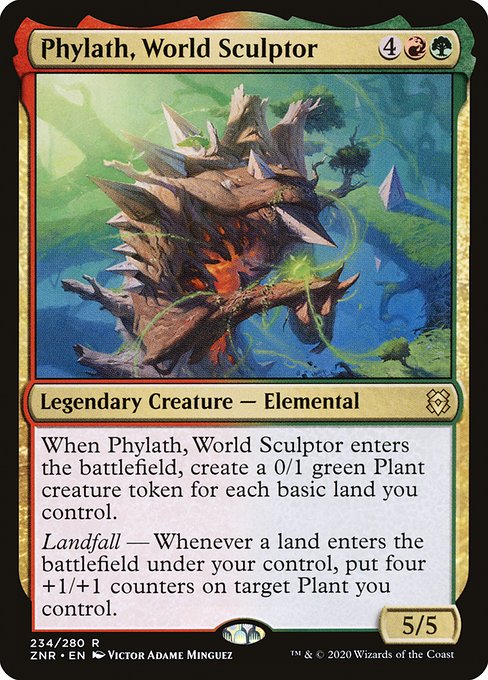
![Niv Mizzet vs Animar vs Godo vs Akiri [EDH/Commander] Gameplay 2020 thumbnail](https://i.ytimg.com/vi/a_Hu0NKAIJ0/sddefault.jpg)
![Alela vs Edgar vs Animar vs O-Kagachi [EDH/Commander Gameplay] 2020 thumbnail](https://i.ytimg.com/vi/SmadQbfh2i8/sddefault.jpg)
![Jhoira vs Gavi vs Animar vs Karametra [EDH/Commander, Magic The Gathering Gameplay] 2021 thumbnail](https://i.ytimg.com/vi/xPfeMJLmgr8/sddefault.jpg)
![Edgar Markov vs Valki vs Animar vs Gavi [EDH/Commander, Magic The Gathering Gameplay 2021] thumbnail](https://i.ytimg.com/vi/ELgrDNY5CUI/sddefault.jpg)
![Chulane vs Golos vs Obuun vs Akiri [EDH/Commander Gameplay] 2020 thumbnail](https://i.ytimg.com/vi/5Qguqu4jr74/sddefault.jpg)
![Chulane vs Gavi vs Akiri vs Edgar [EDH/Commander Gameplay] 2020 thumbnail](https://i.ytimg.com/vi/t6-gBD5ZKzU/sddefault.jpg)
![Akiri v Edgar v Rafiq v Yuriko [EDH/Commander Gameplay] 2020 thumbnail](https://i.ytimg.com/vi/N_oBRlbL6TI/sddefault.jpg)
![Teysa vs Windgrace vs Akiri vs Greven [EDH/Commander, Magic The Gathering Gameplay] 2021 thumbnail](https://i.ytimg.com/vi/ekyZM9QE0C0/sddefault.jpg)
![Everything is Fine. Don’t Click this Video, ft. Purphoros, Gandalf, Akiri, Braids [MTG EDH Gameplay] thumbnail](https://i.ytimg.com/vi/lBhszeoeVoc/sddefault.jpg)
![Who's The Beatdown??? ft. Edgar Markov, Myrel, Akiri, and Zhulodok [EDH/Commander Gameplay 2023] thumbnail](https://i.ytimg.com/vi/r3Qv0YB6ypw/sddefault.jpg)
![Phylath vs Lord Windgrace v Queen Marchesa vs Yuriko [EDH Gameplay] 2020 thumbnail](https://i.ytimg.com/vi/R2rq4ZbY4xQ/sddefault.jpg)







![Edric vs Sakashima//Vial vs Meren vs Animar [EDH/Commander, Magic The Gathering] MTG Gameplay 2020 thumbnail](https://i.ytimg.com/vi/DLsmvjVFGls/sddefault.jpg)
![Kamahl//Jeska vs Gavi vs Animar vs Xyris [EDH/Commander, Magic The Gathering Gameplay] 2021 thumbnail](https://i.ytimg.com/vi/gKg7LKy2rMs/sddefault.jpg)

![Commander VS S1E2: Keranos v. Marchesa v. Animar v. Ruric Thar [MTG Multiplayer] thumbnail](https://i.ytimg.com/vi/zQYgG45Yzuk/sddefault.jpg)


![Ep: 8 Xira v Atraxa v Goblinson v Akiri [EDH gameplay] thumbnail](https://i.ytimg.com/vi/vRfqRDjvoXs/sddefault.jpg)


![Commander VS Special: Kresh vs Xantcha vs Rhys vs Atraxa [EDH] thumbnail](https://i.ytimg.com/vi/3F2CvGLBGvw/sddefault.jpg)


![Commander VS S6E7: Thada Adel vs Xenagos vs Seton vs Atraxa [MTG] thumbnail](https://i.ytimg.com/vi/YH_1i08V2a8/sddefault.jpg)



![Kamahl//Jeska vs Torbran vs Akiri vs Skithiryx [EDH Commander] Gameplay 2020 thumbnail](https://i.ytimg.com/vi/2tZc_b0nrC8/sddefault.jpg)
![Atla vs Esika vs Akiri vs Jeska // Thrasios [EDH/Commander, Magic The Gathering Gameplay] 2021 thumbnail](https://i.ytimg.com/vi/YDhTXMgy-p0/sddefault.jpg)
![Baral vs Ezuri vs Akiri vs Sakashima & Vial Smasher[ EDH/Commander, MTG Gameplay ] 2022 thumbnail](https://i.ytimg.com/vi/CqsI3iYmiJw/sddefault.jpg)